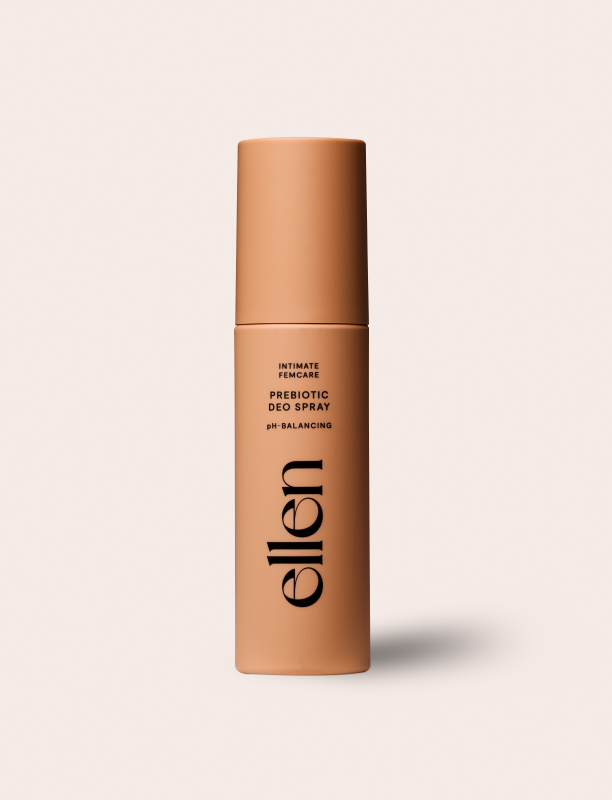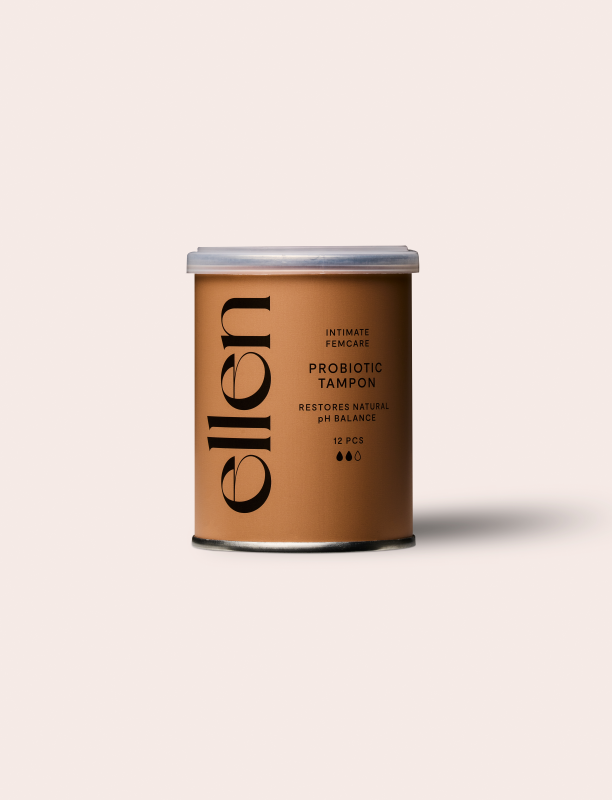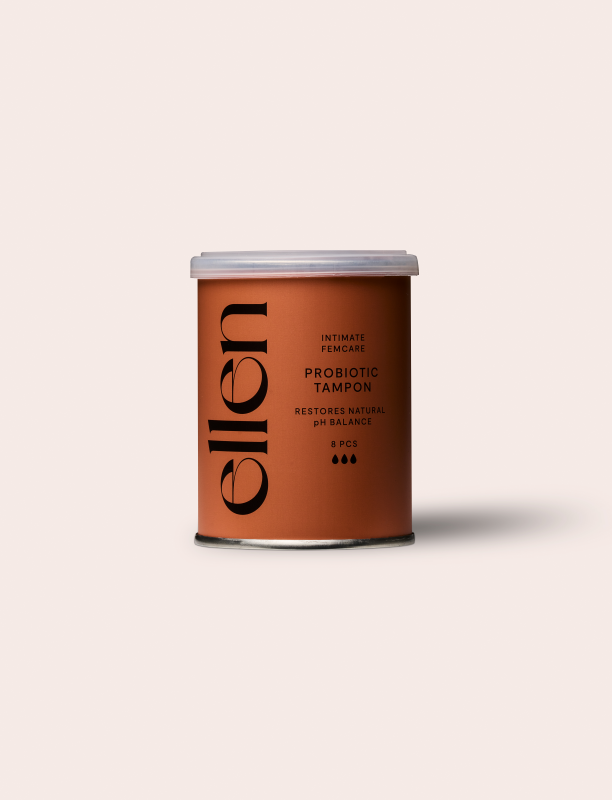Intimate Care School
The vagina & vulva

The vaginal pH value
The vaginal pH balance is of crucial importance for your intimate health and for how your vagina is feeling. The pH value measures how acidic or alkaline something is. A pH value of 7 is neutral, anything below 7 is considered acidic, and anything above 7 is considered alkaline. The ideal pH for the vagina is typically between 3.8 and 4.4, while the pH of the vulva ranges from 5.0 to 5.5. However, these values can vary from person to person.

Lactic acid bacteria lowers the pH value
In a healthy and fertile vagina, lactic acid bacteria dominate. These bacteria create an acidic environment in the vagina, lowering the pH value. During certain periods in life, the number of lactic acid bacteria can decrease, causing the pH value to rise. This, in turn, can allow harmful and unwanted bacteria to gain a foothold and start to grow, potentially leading to intimate health problems.
This can disrupt the pH balance
It is not always known why the lactic acid bacteria in the abdomen decrease. However, it is common for them to occur in connection with:
- Period
- Pregnancy
- Menopause
- Antibiotic treatment
Signs of imbalance in the vaginal pH value
If your pH value becomes unbalanced, you can notice it in several different ways, or not at all. Here are some of the most common symptoms:
- Itching
- Red and irritated labia
- Swollen and fragile mucous membranes
- White, cottage cheese-like discharge
- A burning sensation when you urinate
- Pain during penetrating intercourse
- Smelly discharge

Imbalance in your vaginal pH value can cause:
Vaginal yeast infection
When the pH value becomes unbalanced, it becomes easier for yeast to start growing. A yeast infection often manifests itself in the form of itching heavily, the labia become red and irritated and you can sometimes get a white cottage cheese-like discharge. Read more about vaginal yeast infections here.
Bacterial vaginosis
Bacterial vaginosis means that there has been an imbalance among the bacteria in the abdomen. The most obvious symptom that you have bacterial vaginosis is smelly discharge. Read more about bacterial vaginosis here.
Maintain the pH balance – step by step
1. Test yourself
The most important thing is to get to know your vagina and your vaginal pH value. Therefore, it may be a good idea to start by testing your pH value. The pH value can change due to various reasons, for example depending on where in the menstrual cycle you are or if you have been exposed to a lot of stress. Therefore, it is a good idea to test your vaginal pH value on two different times. With ellen® Vaginal pH-Control® you can test your vaginal pH value. Contains five tests and gives you a result after 10 seconds.
2. Wear the right panties
Panties in synthetic material and string model may be good looking but not the best for your vaginal pH balance. Synthetic panties do not breathe in the same way, as for example cotton panties, and can have a negative effect on the pH balance. Thongs also increase the risk of unwanted bacteria from the buttocks being transmitted to the vagina as the panties lie between the buttocks and tend to slide.
3. Do not wash too often and wash gently
You should preferably not wash your intimate are more than once a day because you then risk washing away the natural lactic acid bacteria. Instead of washing your intimate area often, you can, for example, use an intimate deodorant for a refreshing feeling. ellen® Prebiotic Deo Spray is a fragrance-free, fragrance-neutralizing and pH-balancing intimate deodorant for the groin.
When you wash your intimate are, it is important that you use water or an intimate cleansing wash. Ordinary soaps usually have a much higher pH value than the intimate area and often contain perfume that can irritate the sensitive skin. ellen® Prebiotic Cleansing Foam is a gentle and pH-balancing cleansing foam enriched with prebiotics that boost the good bacteria in the intimate area.
4. Let your vagina breathe
Your vagina lives most of its life trapped in layers of clothing that often do not breathe very much. Therefore, it is good to air the intimate area as often as possible. A good way to get it into your routine is to sleep without panties.
5. Add natural lactic acid bacteria
During menstruation, for example, when the lactic acid bacteria often decrease in number, you can help your vagina to stay pH balanced. By using ellen® probiotic tampon, you add the same lactic acid bacteria that are naturally found in a woman’s healthy vagina and that help maintain the pH balance. You can also add probiotics by lubricating the genitals with ellen® Probiotic Cream.
Seek help
It is important that you seek help from a doctor, school nurse or a gynecologist if you experience something abnormal in your intimate are, so you can get the right help.








